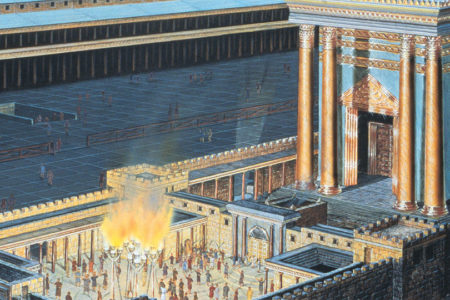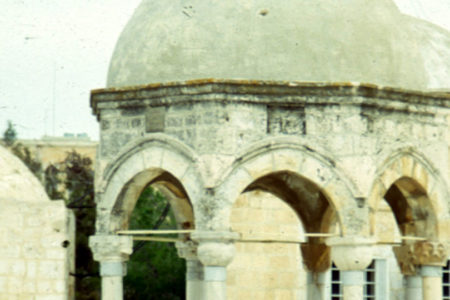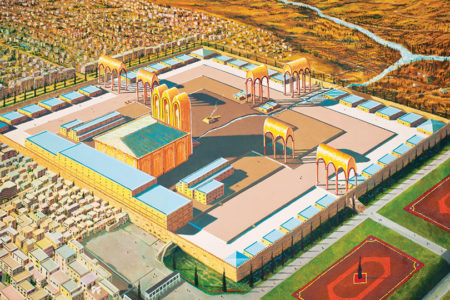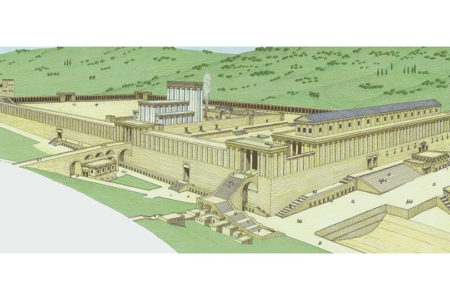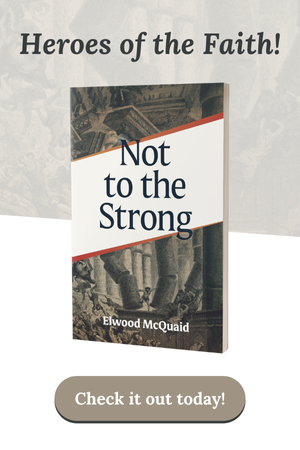Live and Let Die
A visit to Yad Vashem, Jewry’s memorial to the Holocaust, is a haunting experience. Yes, “experience” is the correct word, because Yad Vashem is something more felt than seen. One must go there to see and feel the full impact of what the place communicates—words are not enough.
Many these days are expressing a weariness at being constantly reminded by Jews of the loss of six million of their people in Hitler’s Europe. Perhaps this is due, in some measure, to a reaction to a crime so monstrous that the mind refuses to assimilate it. It is a phenomenon not unlike that demonstrated in Europe during World War II when people said they didn’t notice what was going on—they simply chose to live and let die. Some go so far as to say it didn’t happen and claim that Yad Vashem is nothing but a monument to Jewish perfidy that perpetuates a lie of their own concocting.
The shame is not that the Jews choose not to forget. Remembering their dead is a virtue, not a vice. No, the shame is that the rest of the world refuses to remember them and the eight million others who perished at the hands of demented Nazis.
Christians owe a great debt of gratitude to these Jews with long memories, for, as history bears out, when Jewish people are crushed by tyrants, almost inevitably true Christians suffer alongside them. This is a fact often overlooked in “Christian” America. But the fact is there, nonetheless, and it can happen again.
The memorial to the children that was recently erected at Yad Vashem is particularly compelling. Upon entering, one views a display of pictures suspended from the ceiling—faces of children who were sacrificed just because they happened to be Jews.
Beyond the entrance is a large room shrouded in nearly total darkness. Only eight small candles burn in the center of the room. These candles are, in turn, reflected in thousands of pieces of glass arranged, floor to ceiling, throughout the room. The effect is at first disorienting. Then, as the meaning reaches into your mind, it is stunning. What appear to be millions of tiny lights reflected from every conceivable angle flicker in the darkness. The heavy silence is broken only by the solemn intonation of children’s names being read over a loudspeaker. Names, ages, and places where they lived and died are read—in all, one and a half million helpless boys and girls.
Standing there in the darkness, you are compelled to think of those close to you—children and grandchildren—and how it would be for you and them if it all happened again. But it is happening. Here in sin-saturated America, in numbers approximating those memorialized at Yad Vashem, children are being slaughtered each year. Nameless and faceless boys and girls are sacrificed on abortion tables by people—parents and practitioners—“without natural affection” who would rather see them killed than cluttering up their lives.
As it was half a century ago, so it is today. Most among us choose not to notice, or care, about what is going on, opting instead to live and let die.

